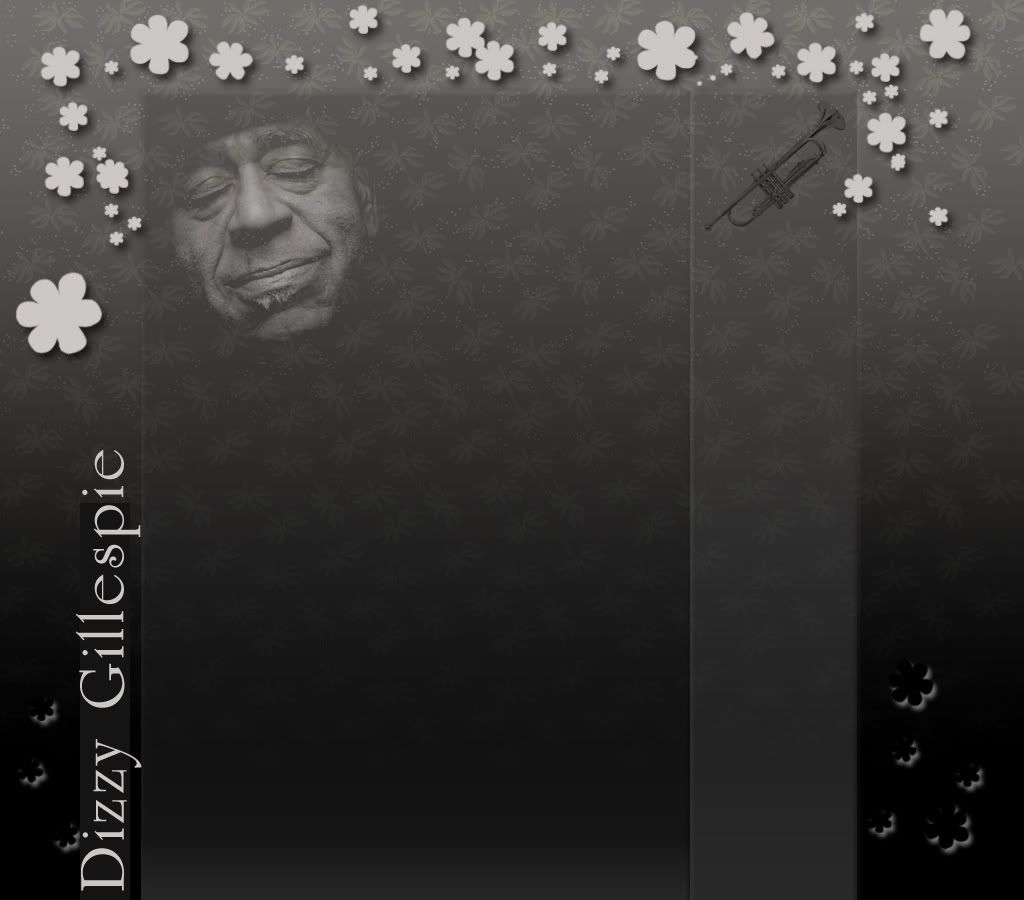by  William Gottlieb
William GottliebBy 1947, the block in New York City on 52nd St., between 5th and 6th Avenues, long known as Swing Street, had begun to slip. This "Center of the Jazz World" was being hit by a nationwide economic decline, as well as by the street wide growth of an unappetizing drug scene and, most severely, by the encroachments of Rockefeller Center, whose new skyscrapers were beginning to push out the many brownstone buildings in whose basements the jazz clubs had settled. Finally, there was the gradual replacement of swing by bebop, a style of jazz that alienated many of the swing fans who had supported the clubs.
But bop had a vitality of its own; and for a while, it filled The Street with a new group of musicians and new (or converted) audiences. The leader of this revolutionary movement and "The King of 52nd Street" was Dizzy Gillespie.

Earlier, John Birks "Dizzy" Gillespie had been known for his wild antics. When, in the beginning, he was hired by orchestra leader Teddy Hill, he often played rehearsals dressed in hat, gloves and overcoat. Teddy gave him the name "Dizzy" but was quick to add that with all his eccentricities and practical jokes, he was the most stable of us all...”Diz crazy? Diz was crazy like a fox."
Dizzy was a joy to interview and photograph. Normally, when taking a picture, I don’t move my subjects but show them performing or in a dressing room. However, once in 1947, when Dizzy was working in a club on The Street , I asked him to stand next to an appropriate street sign. Without any direction from me, he struck just the right pose. Perfect!
Labels: Stories


 William Gottlieb
William Gottlieb